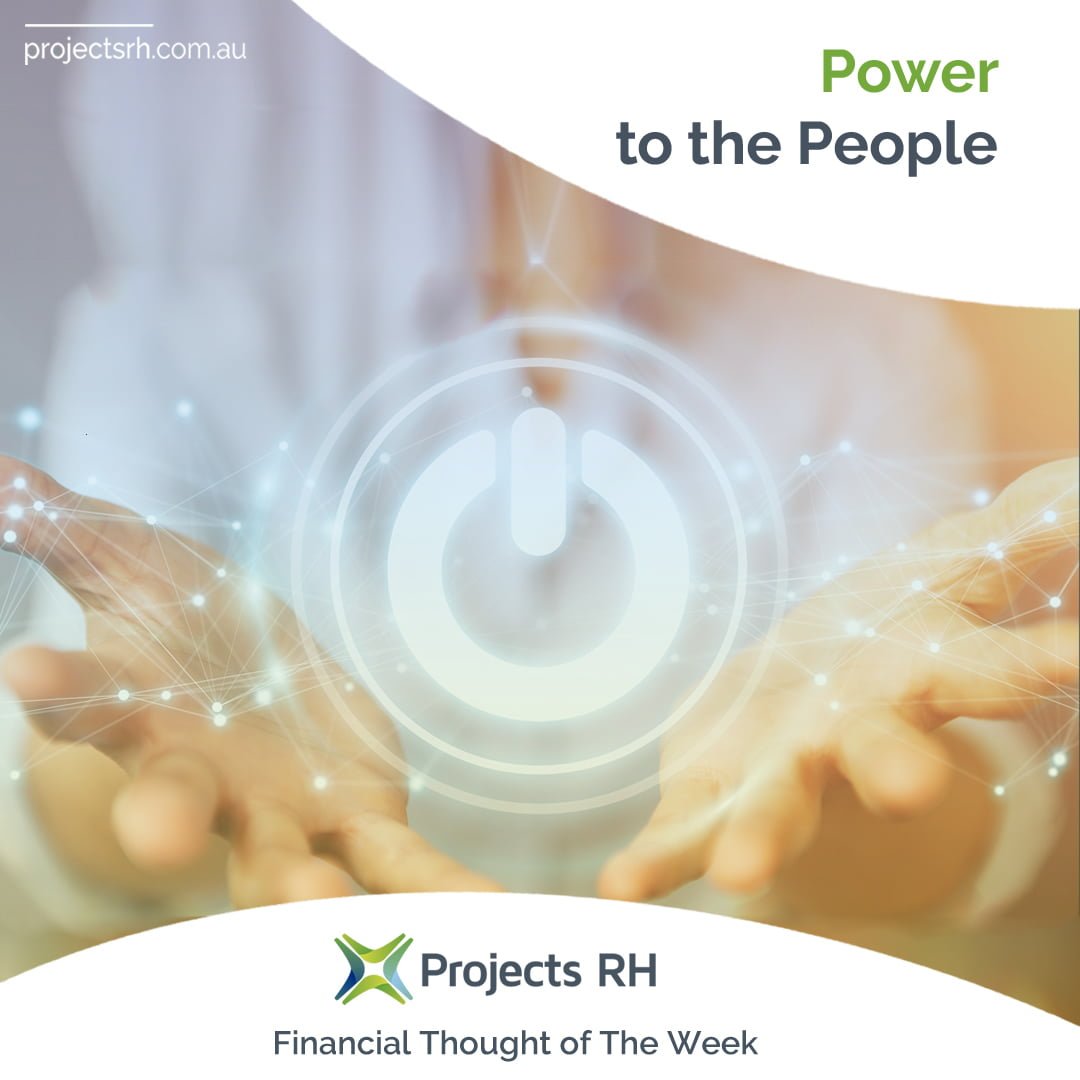Hooray an energy policy
The Albanese Australian Labor government has introduced an energy policy as they mark the halfway point in their first term of government. The lack of an energy policy in the past decade, under the Liberal and National Parties’ government, has resulted in the absence of large-scale energy infrastructure and the retirement of an ageing coal-fired power generation fleet. This has created a pressing need to develop Australia’s energy resources to avoid energy shortages.
The new policy aims to increase investment in renewable energy, lower energy costs for households and businesses, and reduce emissions. The Labor government hopes that this initiative will pave the way for Australia to meet its energy demands in a sustainable and cost-effective manner.
The greening of the Australian economy has been widely accepted, which means that no new coal or gas-fired power plants, except for some small and remote peaking plants, have been approved by a significant part of the political process. As a result, there has been no new investment in major power infrastructure in Australia for well over a decade.
The lack of investment in major new infrastructure has resulted in an aging of the existing fleet and ongoing exposure to unscheduled maintenance due to failure.
Approximately 85% of Australia’s population lives in the area known as the National Energy Market. This market is currently supported by 65 gigawatts of aging baseload power. Even today, the operations of the so-called National Grid, sees caps and floors effectively as part of a government management system.
Given the importance of electricity in the urbanization of Australia until the post-Thatcher years, the provision of electricity was largely seen as a state government responsibility. Margaret Thatcher was never an Australian politician, but her admirers brought her ideology into the government.
We have seen considerable debate over the nature of the energy infrastructure required to power Australia, and I, for one, do not believe that we have chosen the optimal outcome. There is a clear need to establish the ground rules for the building of major infrastructure to support the growing needs of Australians.
The decisions to move on both coal and natural gas, whilst we continue to export them in abundance, is something for the political scientist to review. There is an immense double standard.
After a wave of energy industry privatizations and the adoption of the PPP (Private Public Partnership) business model, Australians are ready for an effective government guarantee of a range of outcomes for power producers. Power infrastructure is largely built with debt, which needs to be serviced. It is widely agreed that a new power project requires a Power Purchase Agreement (PPA) or Offtake Agreement of 6.5 US cents per kWh.
This will provide Australia with a benchmark as to what the price of power will need to be to support new infrastructure.
The current government is seeking to effectively regulate and fund the energy market, believing that a well-structured market will generate enough revenue to justify their investment. To accomplish this, a floor price has been established to ensure profits exceed the benchmark and the government will earn a share of any earnings above it.
Essentially, the government is setting up a system to underwrite the scheme, with taxpayers being trained on how to effectively implement it.
A Cousin for PPP
In many senses, this is making the power sector more like a public-private partnership (PPP) than a pure private sector activity. However, there are good arguments that given the monopolistic activities of the power industry and the government’s ability to license generating units, investors in this sector who are investing for 20 to 30 years need to know that radical policy changes by the government will not render their investments uneconomic.
The key drivers of the private sector remain, with power generation businesses being called upon to manage their costs and optimize the performance of their fleet to ensure that they are available to participate in the market when required.
The clear aim of the system is to allow private-sector power generators to achieve higher outcomes when demand justifies it. It is understood that the cap and floor are not meant to be perfectly aligned; rather, the floor will be a baseline, and the cap may apply only to a percentage that justifies defining the floor. Ideally, the government will walk away each year without a profit or loss but with a satisfied community that has reliable power for both businesses and consumers.
In many senses, the proposed system is similar to the utilities market in the United States, which uses taxes and financial incentives to achieve the desired regulatory outcomes.
The Renewables Card
Having established that the government needs to ensure a floor and cap price for electricity, there is an inconsistency in the system. Both electors and governments want to see an increase in renewable energy. It is well-known that there is a mismatch between when homes and businesses need energy and when it is generated. Wind is unfortunately inconsistent, even if it is backed up and supported by battery storage. Solar power may not be consistent, but it is largely predictable.
However, there is still a mismatch between generation and demand. This demand-supply imbalance can be largely offset by batteries, which can provide the necessary energy early in the morning, recharge during the day, and become available in the evening and the next morning.
Australia is also developing pumped hydro in a number of locations, which will act as large storage batteries. However, putting energy into storage and calling it back is not a zero-sum game. There are significant losses, which is something that the community must be prepared to accept if they wish to move away from fossil fuels and rely on renewable energy.
Nuclear
In this debate, the government has ignored the opportunity to embrace small nuclear power units. Such units have been widely accepted with plans for implementation in Europe and particularly the United Kingdom. It remains surprising that Australia, a major exporter of uranium, only operates two small nuclear facilities to produce medical isotopes. However, Australia is moving to develop a small fleet of nuclear-powered submarines, which means it will need to manage the technology. Potentially, this is an opportunity to manage peak demand and nighttime usage, rather than relying on more batteries.
We appreciate that the green lobby doesn’t particularly like nuclear power, but today the nuclear industry has a fine track record of efficiency and environmental stability. One only has to look at the industry in Canada, which, like Australia, has a widely dispersed population and therefore needs to have power close to those population centers.
Greening Australia
What we have seen in Australia, with not only the rise of the Greens but also the Teals in the inner urban areas of our large cities, has put the fear of not being environmentally conscious. Wearing that environmental sensitivity on their sleeves has impacted not only the government but also the opposition. It is clear to all that both the Liberal/National Parties (center-right) (opposition) and Labor (center-left) (government) are sensitive to the losses they have incurred in their seat numbers to the Teals and Greens, respectively. These losses are not solely related to energy issues but also to their attitude displayed on environmental issues, which have driven the impact on so many voters.
Sadly, despite their higher levels of education on average, it does not mean green or teal voters really understand the issues or have evaluated them from a national perspective. The inner city seats of Sydney, Melbourne and Brisbane are not necessarily representative of Australia but impact on the nature of our democracy. They have become in a pivotal position to strongly influence policy because they sit on the crossbenches and have spoken to and been courted by both the center-right and center-left parties, who by their very nature see being in government rather than principles as their priority.
Even with current proposals, Australia will not achieve its proposed COP24 announced goals.
Green Australia, part of a middle-powers place?
Successive Australian prime ministers take pride in describing Australia as a middle power. One can only suggest that this is self-praise. It is true in a relative sense, given where we live in the world. Like so many mid-ranking countries, they want a place at the table and know they need to earn that place at the table of the Great Hall of the People or the White House.
Many politicians believe that part of earning this recognition is that Australia needs to be at the forefront of changing its energy mix. Ironically, none of these same politicians want to see Australia’s export income fall by reducing our exports of fossil fuels and uranium, and they don’t want any discussion of scope 3 emissions as that would damage their case.
Most Australians today have been convinced that as a relatively high-income country, the change of our very own energy mix is necessary, and therefore something we should do while it is affordable. The plan demonstrated by Minister Bowen looks relatively cost-effective, but that is also what self-insurers always tell you is the case.
Power to the People
What is critical for Australia is not having the best energy policy in the world, but rather one that meets its needs: cost-effective, sensible, and deliverable quickly. Labor’s fiscal collar may expose the Australian people to funding costs that could ultimately become expensive under fixed extremes. To be frank, it is still a better alternative than having the power system returned to public sector ownership with all its inherent economic weaknesses.
From our perspective, the proposal continues to be a price that the community needs to pay to ensure that we have adequate, sustainable energy to meet our growing demands, as all things we know are being electrified. As we look towards cars, public transport, and cooking, we’re saying that there is no room for fossil fuels anymore, and we need to generate more electricity.
On behalf of the government, Mr. Bowen has taken an important step toward demonstrating that his strategy is prepared to increase its green credentials and deliver the power his people need for the future.
By Paul Raftery, CEO Projects RH
Paul.raftery@projectsrh.com.au
+61 418 486 015
Sources
- Greber, J.; Bowen’s big bang energy push puts heat back on Coalition, The Australian Financial Review, Nov 24, 2023.
- Greber, J., et al.; Bowen dramatically expands green energy support, The Australian Financial Review, Nov 23, 2023.
- Murphy, K., “Chris Bowen’s bold and sudden movement on climate sent the Coalition clutching at its pearls”, The Guardian Australia 24 November, 2023










